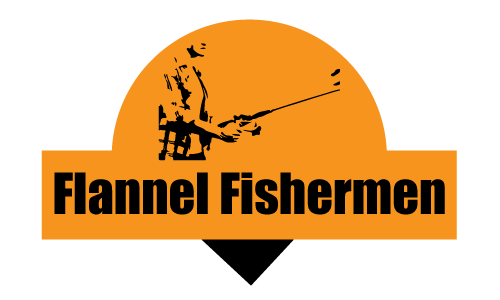Fishing in Oregon Tips & Trick With Flannel
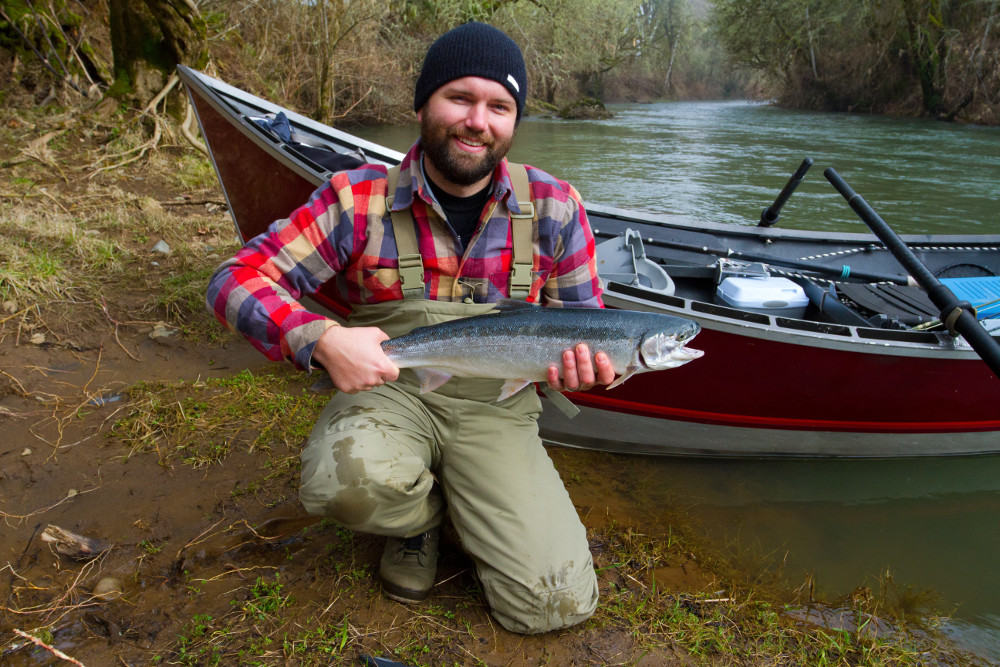
Planning on fishing in Oregon? If so, good call. Oregon is home to some great fishing, especially if you’re looking for a state that has lots of different species to go after. Oregon is especially known for trophy steelhead and Chinook salmon, which are beautiful and exciting fish to cast for that you can’t find just anywhere. On top of that, the scenery is gorgeous, especially if you’re partial to the Pacific Northwest, and this can play host to lots of other outdoor activities as well. Even if you’re not planning on fishing anyway, I would still recommend going anyway, it’s an awesome place!
The goal of this article is to outline some of the best fishing spots in Oregon. Obviously, “best” will vary from angler to angler depending on what they’re after, time of year, level of experience, and how far they want to go. Therefore, we will highlight some of our favorite fishing spots in Oregon for different reasons. Hopefully, this may allow you to narrow your choices, or at least provide a starting point. Fortunately, it’s hard to go wrong in Oregon!
- Columbia River
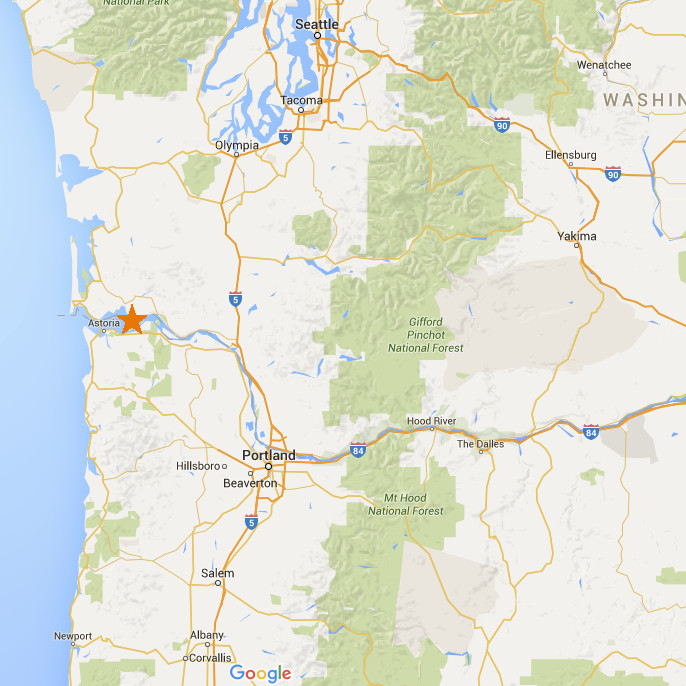
There are a few reasons that the Columbia River is an excellent place to drop a line. First, it’s huge, so there’s a large variety of reputable fishing spots along the river, each with their own unique characteristics. You can find a more popular area that’s been hot lately, or you can explore on your own and find a little more personal space.
One of the more popular spots to fish along the Columbia River is Buoy 10 and just upstream from it. This is located pretty much at the mouth of the river near Astoria. During the Spring and Summer, you can find lots of sturgeon, rockfish, and perch, while the late Summer and early Fall is infamous for chinook and coho salmon (ideally late August to early September). You can find chinook and steelhead earlier in the season as well, but more so upriver.
The area around Tongue point is also a good spot to try. It has more smallmouth, bass, catfish, and crappie, if that’s what you’re after, but also holds high potential for chinook, coho, steelhead, and walleye. Steelhead can be fished year round, especially if you can find a spot on the bank in the Spring and Summer, and chinook can be caught here in the Spring as well. Like lots of other spots in Oregon, Fall is a prime time for fishing salmon and trout, too.
Overall, the Columbia River is an awesome place to fish, particularly if you’re looking to land some gorgeous trophy chinook, steelhead, and coho. Whether you’re trolling, casting from a boat, or standing on the shore, there’s something for everyone, and lots of great spots along the river can be accessed from various parts of Oregon. There are also lots of guides available to help introduce you to the Columbia River with a bang!
* NOTE: One thing to keep in mind is that the Columbia River is home to many different fisheries and the river is constantly monitored to ensure appropriate numbers of each species. This means that some sections of the river can open and close during the season, or bag limits may also change. Before heading out, take a quick look at the Oregon Department of Fish and Wildlife’s Columbia River Sport Fishing Regulation Updates.
- Tillamook Bay
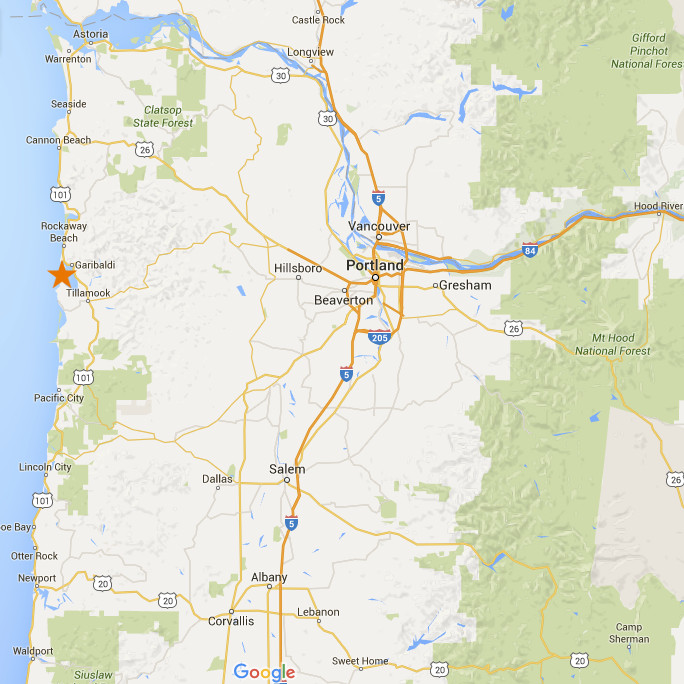
Tillamook Bay is a great fishing destination overall, but if you’re fishing for salmon in Oregon, this is the spot. Tillamook Bay is interesting because it is almost completely enclosed, and all the rivers and streams feeding into it are highly productive. In the Fall, you will have the chance to cast for beautiful trophy chinook salmon, where 40+ lbs is actually quite common due to the sheer number of them.
Even though Tillamook Bay is rather enclosed, you still have a huge variety of areas to fish, each of which you can select based on conditions and tackle. For example, some anglers may prefer to hit the open water (maybe rivers are highly active), while other can explore points, entrance point of tributaries, or simply test different depths throughout the bay.
Aside from the Fall chinook salmon, there is still ample opportunity to catch lots of other fish. Spring chinook is around from April-July. Steelhead is also very abundant, with 5 main rivers acting as the producers: Miami River, Tillamook River, Trask River, Wilson River, and Kilchis River. Rockfish and perch can be caught year-round from the north and south jetties. Sturgeon can also be fished year-round, but if you’re bank fishing, aim for the Spring or Summer. As a bonus, Tillamook Bay is also quite well-known for Dungeness crab and baby clams!
Overall, this is a great fishing spot in Oregon, and the US in general, that is especially excellent for fishing salmon. There lots of variety for a relatively small area, which can make it a good spot to try multiple times, allowing yourself to learn from each trip while still maintaining a high probability of landing a big one. If you have absolutely no idea where you want to begin, we would suggest using a guide or charter for your first time there. This way you can get some local and professional advice about where to fish as conditions change, and you can get the most out of this fantastic fishing hole.
- Hagg Lake
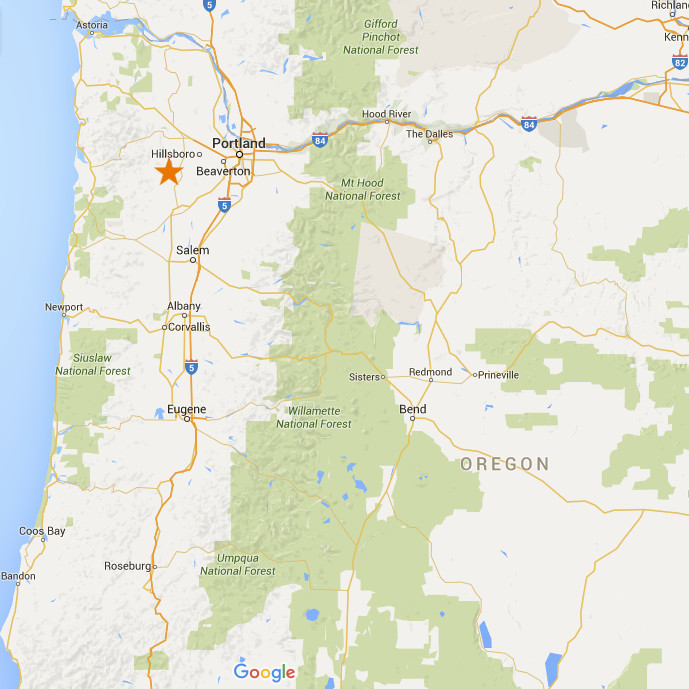
Hagg Lake, or more formally, Henry Hagg Lake, is located a mere 35-40 miles from Portland, making it a really convenient choice for those in the city. Hagg Lake is predominantly known for rainbow trout, as it’s constantly stocked year-round with beautiful rainbow trouts (except for the hot mid-summer months).
One of the main problems with lakes like this that are close to the city is that they can quickly become overcrowded during the summer, especially over the weekend. However, the Oregon Department of Fish and Wildlife has imposed a no-wake restriction on the upper half of the lake, effectively reserving a large portion for anglers!
In addition to rainbow trout, you can have a good chance of catching some larger bullhead catfish, cutthroat trout, yellow perch, bluegill, crappie, smallmouth bass and largemouth bass. While fishing is open year-round, there are many restrictions in place for keeping your catch, so if you plan on landing a meal, just make sure you know the limits first. You can find a detailed guide for each fish species by clicking here.
Another nice aspect of Hagg Lake is you likely already have the proper gear to maximize your chances of catching at least one of the species found in the lake. For example, various forms of power bait work well for trout, and trolling is another good option. Cranks and soft plastics work well for bass. If you don’t have any of this stuff, don’t worry, it’s some of the cheapest gear you can buy, so you can always pick some up on the way out.
Overall, the high concentration and constant stocking of rainbow trout make Hagg Lake impossible to resist. Even if you’re not after rainbow trout, the lake is teeming with other species as well. It’s open year-round, is family friendly, popular with lots of other outdoor activities, and close to Portland.
- Rogue River
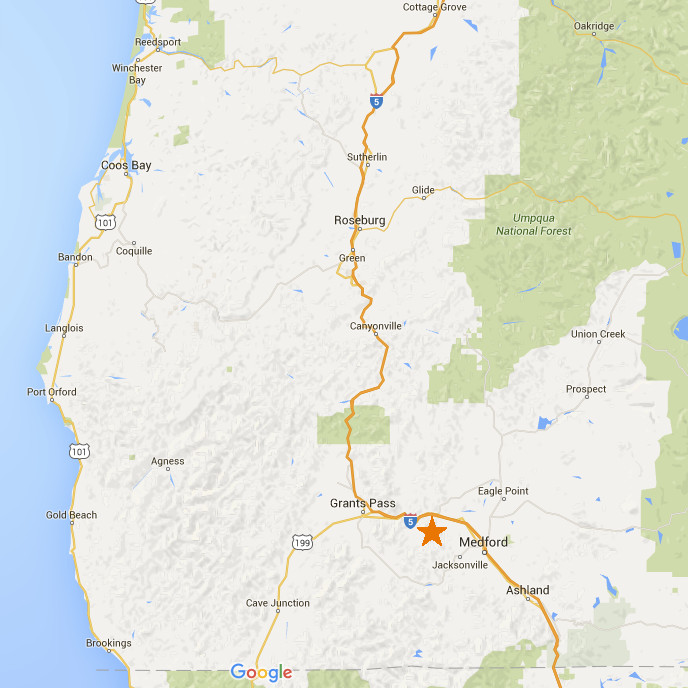
The Rogue River is a really cool spot to fish with so many opportunities that you may find it hard to leave. It’s very well known among fly fishermen for coho salmon, chinook salmon, summer and winter steelhead, and rainbow trout. To get straight to the point, the fly fishing here is so good, especially in the Fall, that you need to go at least once and experience it for yourself.
You can fish the Rogue River pretty much year-round with a high chance of success. The best time for winter steelhead runs from January to April. Then, the peak time shifts to the Spring salmon (May and June). Once mid-summer hits, we start transitioning into a peak time to cast for the Fall salmon and steelhead. The Fall is probably the best time overall to fish the Rogue, as the chinook salmon begin making their way to the lower Rogue, and this is followed by steelhead and then coho. The Rogue is one of the best rivers to fish in America in the month of October, as there is basically an overlap of all of these runs, allowing you to land many different types of trophies in one day!
On top of the incredible fishing, the Rogue River is gorgeous and somewhat isolated from civilization, making it a nice getaway. However, one of the problems with this is figuring out where to cast, especially if you have never been before. Not to worry, there are many different fishing charters and trips available to the rogue that can provide a great introduction to the river, as you can learn some local tips while landing some beauties.
- Umpqua River
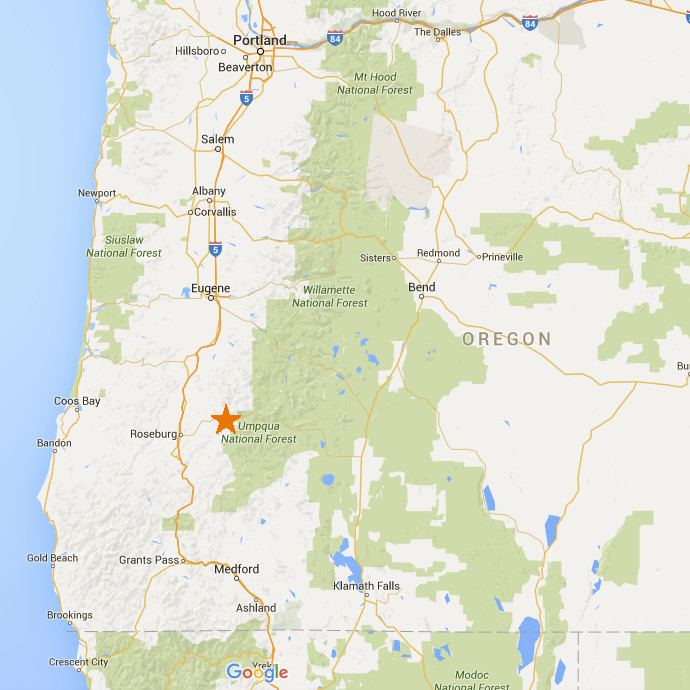
The Umpqua River rivals the Rogue River in terms of reputation, but for slightly different reasons. While the fly fishing for winter and summer steelhead is solid, as well as the fishing for Spring and Fall salmon, the Umpqua River is also very well known for some excellent bass fishing and some large sturgeon.
Widely recognized as one of the best streams in America for smallmouth bass, you can try your luck in the early season when they aren’t as plentiful, but certainly huge. Waiting until mid-season will increase your odds of landing a lot of smallies in one day, some of which could be nice trophies.
The Umpqua River is pretty big, so it can be difficult to know exactly where you should cast for the species you’re going after. To simplify things, you can break the Umpqua into three different regions: North, Main, and South. The North Umpqua River is arguably the most beautiful stretch and originates at fairly high altitude. This stretch is world-renowned for its fly fishing, and you have a good chance of landing a beautiful salmon or steelhead. The Main Umpqua is when you begin to see lower flow rates, and it’s here where you have the best chance of catching some striped bass that can grow to be massive in size. As you reach the South Umpqua, the water is the calmest here, and it’s this stretch that is best known for smallmouth bass, and you can also catch some winter steelhead from December to March.
Overall, the Umpqua provides a huge variety of stream types and flow rates, tons of fish species to choose from, and majestic scenery in many areas. The main difficulty is choosing what you want to fish and where, but no matter where you choose, it’s likely you will have a great time. For more information on what type of species can be fished at different times of the year, please click here.
